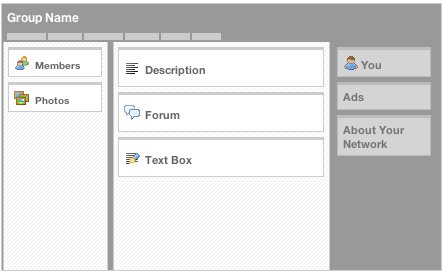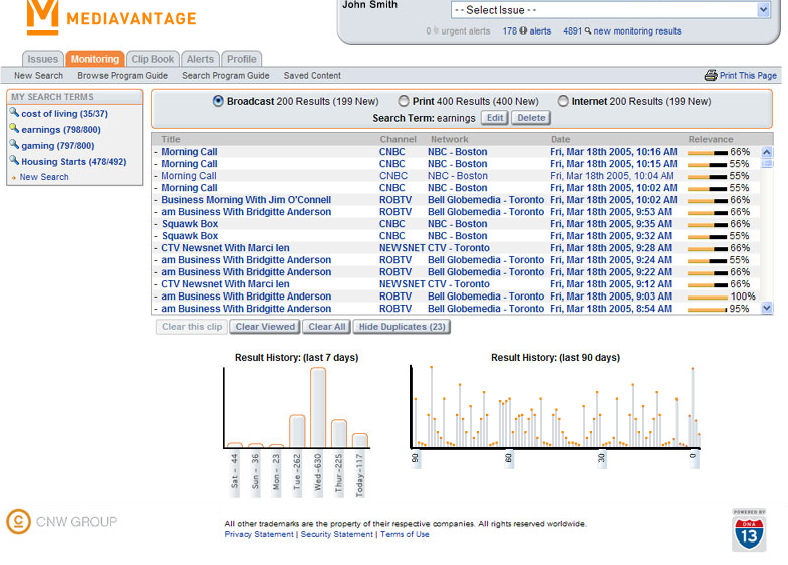 What sorts of graduates does Canada need? Bill Gates in a opinion piece At risk: innovation (subscription required) in the Globe and Mail about a month ago argued for more computer science and engineering graduates arguing that our ability to innovate is at risk. This triggered a response, that Technology’s overrated and that what we need are more business students. Frankly I think they are both wrong, we need social content innovation. The innovations of the Web 2.0 (from blogging and wikis to Flickr and YouTube) are not technical innovations, but content innovations involving innovative ways for groups of people to communicate meaningful content. The areas of growth in information and communications technology are those areas that intersect with creative practices like digital imaging and computer games, as the resport Beyond Productivity points out.
What sorts of graduates does Canada need? Bill Gates in a opinion piece At risk: innovation (subscription required) in the Globe and Mail about a month ago argued for more computer science and engineering graduates arguing that our ability to innovate is at risk. This triggered a response, that Technology’s overrated and that what we need are more business students. Frankly I think they are both wrong, we need social content innovation. The innovations of the Web 2.0 (from blogging and wikis to Flickr and YouTube) are not technical innovations, but content innovations involving innovative ways for groups of people to communicate meaningful content. The areas of growth in information and communications technology are those areas that intersect with creative practices like digital imaging and computer games, as the resport Beyond Productivity points out.
What we need are more arts, humanities and social science students who are comfortable with communications technology and curious to use it in interesting ways. We need what Eugene Roman of Bell Canada calls “content scientists”. Companies like Bell have neat technologies, but need people to find ways to use them to create value. Toys are not enough, people need to play with them to give toys meaning and that is what arts, humanities and social science students do. Imagine a world where we made soccer balls but never organized a game – that’s what Gates, Martin and Milway will leave us with. Instead, as Chad Gaffield, the new president of SSHRC, puts it, Canada should support the human sciences which encourage understandings of people and developing talent.
In the picture above, I am with Gerry De Luca of Bell Canada after a meeting between Bell Canada representatives and colleagues at McMaster where we discussed the problems we face in teaching and research. Can we find an appropriate way for an enterprise like Bell to support the development of talented content scientists? What’s in it for them? This is not an easy problem in the content disciplines as industry engagement carries different risks than in science and engineering. When industry supports research in engineering the site of the engagement is a matter of patentable property ownership that is relatively free of controversy. When industry supports the creation of content it is a matter of copyright or expression, something that resists control or ownership. On the one hand there is too much content making most new content worthless; on the other hand content innovation takes freedom and rarely has a commercialization pathway when free. To support innovative expression you have to be willing to risk the tasteless, the controversial, the political, and the just plain bad. What entreprise would want to be associated with a chaotic explosion of content, even if there were a gem or two? Likewise, how comfortable are universities allowing industry engagement in content science.




 The
The 
 ThinkGeek has a T-shirt with the blog version of the “cogito” that Joanne thinks should be mine. See
ThinkGeek has a T-shirt with the blog version of the “cogito” that Joanne thinks should be mine. See